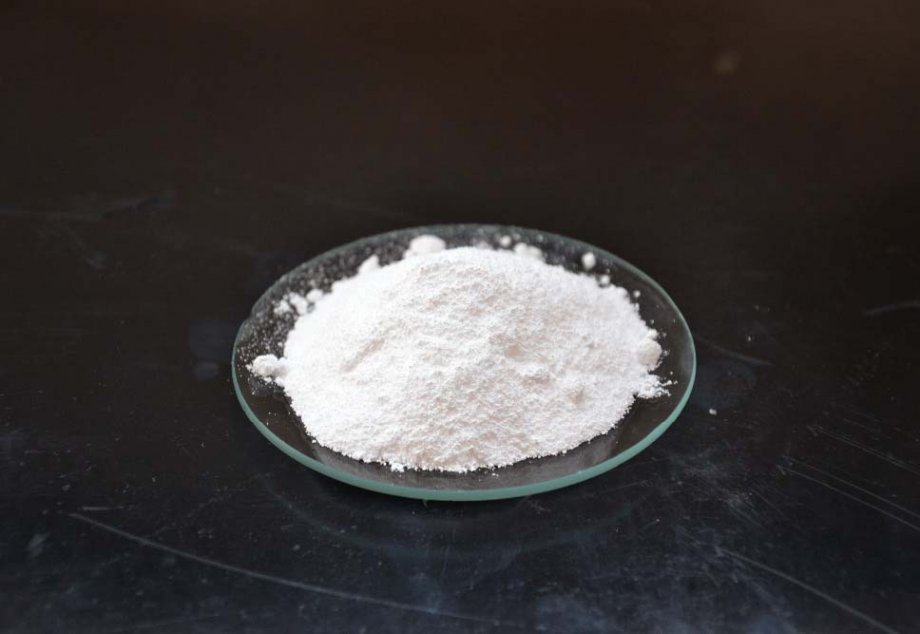Strontium nitrate is an inorganic compound with the chemical formula Sr(NO3)2. It is a white crystalline solid that is very soluble in water. Strontium nitrate has a wide range of applications due to its properties. It is used in the production of fireworks to produce red colors, in plasma television screens, and in the manufacturing of fertilizers among other uses.
Properties of Strontium Nitrate
Strontium nitrate has some unique physical and chemical properties that make it useful for various applications.
Crystal Structure: Strontium Nitrate crystallizes in the orthorhombic crystal system. It has a monoclinic crystalline structure formed by strontium and nitrate ions. The compound is often found as colorless crystals or a white crystalline powder.
Solubility: Strontium nitrate is highly soluble in water. Approximately 245 grams of strontium nitrate can be dissolved in 100 ml of water at 20°C. Its high water solubility enables its use in fertilizers and other applications.
Heat Stability: Strontium nitrate decomposes when heated, releasing oxygen and nitrogen oxides. It decomposes at 800°C producing strontium oxide and nitrogen dioxide. This exothermic decomposition property is utilized in pyrotechnics.
Production of Strontium Nitrate
Strontium nitrate is produced through a reaction between strontium carbonate or strontium hydroxide with nitric acid.
Strontium carbonate reacts with nitric acid as follows:
SrCO3 + 2HNO3 → Sr(NO3)2 + CO2 + H2O
Similarly, the reaction with strontium hydroxide is:
Sr(OH)2 + 2HNO3 → Sr(NO3)2 + 2H2O
Commercially, strontium nitrate is produced by reacting strontium carbonate with a large excess of concentrated nitric acid. The resultant strontium nitrate solution is purified by crystallization and drying. High purity strontium nitrate crystals suitable for applications can be obtained through recrystallization from water or aqueous alcohol solutions.
Uses of Strontium Nitrate
Some major uses of strontium nitrate resulting from its various properties include:
Pyrotechnics: The exothermic decomposition property of strontium nitrate makes it useful for producing red colors in fireworks. When combined with fuels like sucrose or glucose, it burns with a bright red color upon ignition.
Plasma Display Panels: Finely ground strontium nitrate is used as a component of the dielectric layer of plasma display panels (PDP). When an electric current is passed through it, it radiatively decays producing visible light.
Flat Panel Displays: Due to its electron-emitting property, thin films of strontium carbonate are used as cathodes in some flat panel displays like field emission displays (FED).
Zeolite Synthesis: Strontium nitrate is used as a strontium source for synthesizing strontium-exchanged zeolites which are used as catalysts.
Fertilizers: It is employed as a source of strontium and nitrogen in the production of some fertilizers. Strontium improves crop yield and nitrogen is a essential macronutrient.
Safety Precautions for Strontium Nitrate
Like other nitrate salts, strontium nitrate is corrosive and oxidizing in nature. Direct contact with skin or eyes should be avoided as it may cause irritation. Inhalation of dust should also be limited. Some safety precautions to be followed while handling strontium nitrate include:
– Wear protective gloves, clothing, eye wear and masks.
– Use in a well ventilated area and keep away from combustible materials.
– In case of contact, rinse affected areas thoroughly with water.
– Do not ingest. Seek medical help immediately if swallowed.
– Store in a cool, dry place away from direct heat and sunlight in properly labeled containers.
– Spills should be cleaned up promptly with wet methods and disposed according to local hazardous waste regulations.
Strontium nitrate is an important inorganic compound with diverse applications resulting from its chemical and physical properties. With proper handling and safety precautions, it can be effectively utilized in industries like pyrotechnics, television displays, fertilizers and more. Further research is ongoing to develop new applications of this versatile compound.
*Note:
1. Source: Coherent Market Insights, Public sources, Desk research
2. We have leveraged AI tools to mine information and compile it

